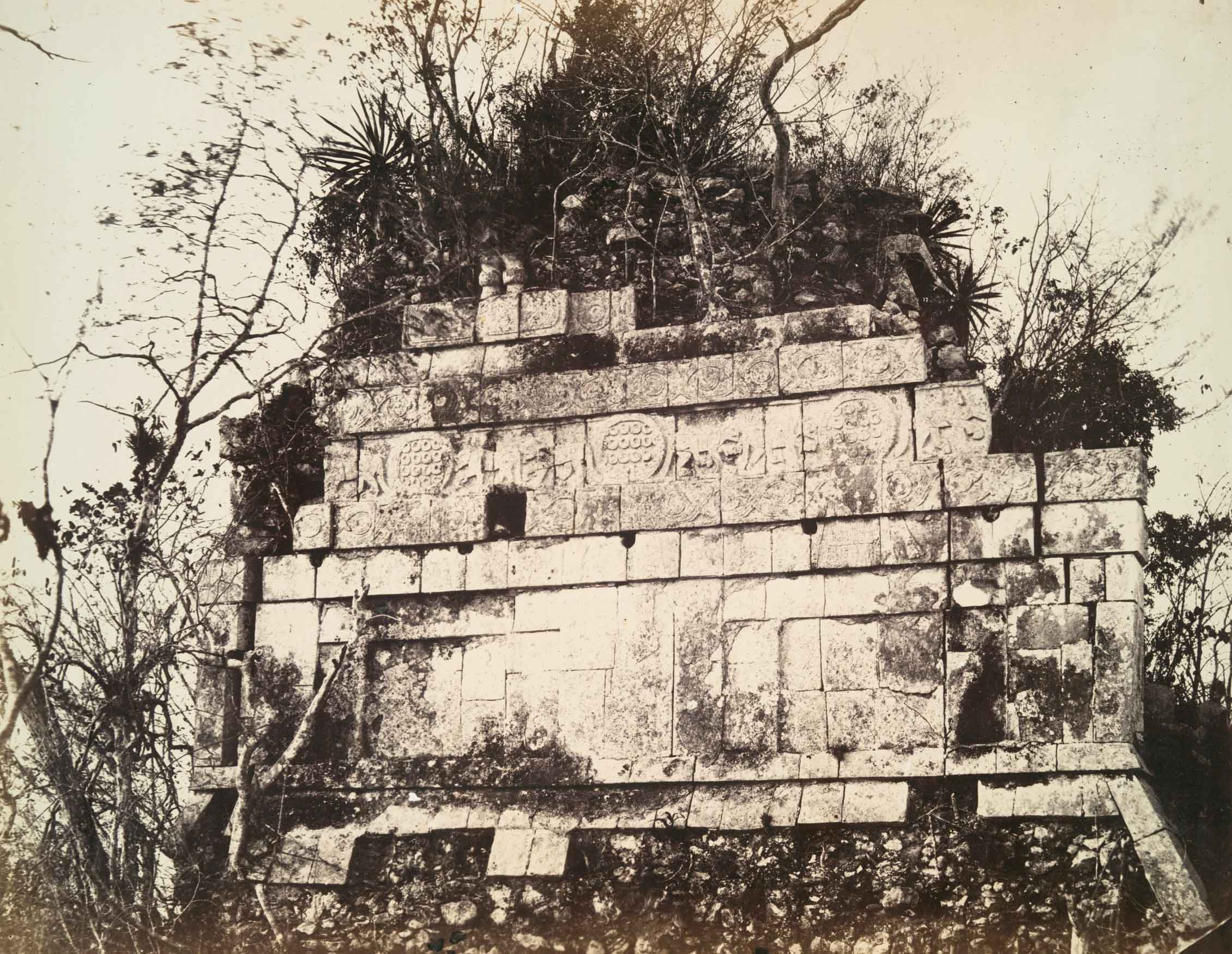Ancestral Walls, Timeless Stories
History 100 Final Requirement





IMPORTANCE OF HISTORICAL STRUCTURES IN THE PHILIPPINES:
Historical structures in the Philippines hold immense significance in preserving and showcasing the country’s rich and diverse cultural heritage. These architectural marvels serve as tangible links to the past, offering valuable insights into the Philippines’ complex history, traditions, and identity. They represent the country’s indigenous traditions, colonial influences, and ethnic diversity, reflecting architectural, artistic, and technological achievements of past generations. Through museums, guided tours, and educational programs associated with these structures, they provide educational opportunities for both locals and visitors, promoting awareness, appreciation, and understanding of the Philippines’ history, from its pre-colonial civilizations to post-independence developments.

Moreover, historical structures play a pivotal role in boosting the Philippines’ tourism industry and economic development. As significant tourist attractions, they attract domestic and international visitors interested in history, culture, and heritage tourism, generating revenue for local communities, businesses, and governments. This form of heritage tourism fosters cultural exchange, promotes national pride, and encourages the preservation and restoration of historical sites. Additionally, these structures symbolize the Philippines’ national identity and heritage, fostering a sense of pride, belonging, and shared cultural heritage among Filipinos. They serve as landmarks and icons representing the country’s history, values, and aspirations, helping to strengthen national unity and cohesion.
Furthermore, historical structures showcase various architectural styles, techniques, and artistic expressions that have evolved over centuries in the Philippines. They exemplify craftsmanship, innovation, and creativity, inspiring architects, artists, designers, and enthusiasts to appreciate and learn from the country’s architectural heritage. Many of these structures are also located in natural settings or ecosystems, contributing to environmental conservation and sustainable development efforts. Preserving these sites promotes eco-tourism, biodiversity conservation, and environmental awareness, encouraging responsible tourism practices and community engagement in conservation initiatives.
Impregnable,
Enduring,
Exquisite.
“The Structure should not only look good, but must be also be made well.”
– Carlos Santos Viola





Philippine Historical Structures: Impregnable, Enduring, and Exquisite
The Philippines, an archipelago in Southeast Asia, boasts a rich tapestry of history, culture, and heritage. One of the most tangible representations of this vibrant past can be found in its historical structures. These edifices, whether fortresses, churches, or ancestral homes, stand as testaments to the country’s resilience, creativity, and craftsmanship. They are not just mere buildings; they are living witnesses to the Philippines’ journey through time, reflecting the nation’s ability to withstand challenges while maintaining its unique identity.
Impregnable Fortresses: The Bastions of Defense
Throughout its history, the Philippines has faced numerous invasions and conflicts, from Spanish colonization to World War II. In response to these threats, various fortresses were constructed across the archipelago as defensive bastions. One of the most iconic examples is Fort Santiago in Manila. Built during the Spanish colonial period, this fortress served as a primary defense against foreign aggressors. Its strategic location along the Pasig River and its formidable stone walls made it a nearly impregnable stronghold.
Another notable fortress is Fort San Pedro in Cebu City. Initially built by Spanish conquistadors, it has witnessed battles, revolutions, and sieges. Despite the passage of time and the ravages of war, these fortresses have stood resilient, their walls bearing scars and stories of valor.
Enduring Churches: Sanctuaries of Faith and Culture
The Philippines is predominantly Catholic, a legacy of more than three centuries of Spanish colonization. As a result, churches and cathedrals dot the Philippine landscape, each with its own unique architectural style and historical significance. One of the most famous is the San Agustin Church in Manila, a UNESCO World Heritage Site. Built in the 16th century, it is the oldest stone church in the Philippines and has survived earthquakes, fires, and wars.
Another remarkable example is the Paoay Church in Ilocos Norte. Known for its distinct Baroque architecture and massive buttresses, it has withstood countless natural disasters, including earthquakes and typhoons. These churches are not just places of worship; they are also repositories of art, history, and culture, reflecting the enduring faith and resilience of the Filipino people.
Exquisite Ancestral Homes: Reflections of Filipino Heritage
Beyond fortresses and churches, the Philippines is also home to exquisite ancestral houses that offer a glimpse into its colonial past and rich cultural heritage. These grand homes, often built by affluent families during the Spanish and American periods, showcase a blend of indigenous, Spanish, and American architectural influences.
One such example is the Bahay na Bato, a traditional Filipino house with Spanish-inspired stone lower floors and wooden upper floors. These ancestral homes are not just architectural marvels; they are also repositories of family histories, traditions, and stories. Today, many of these ancestral houses have been preserved and transformed into museums, allowing visitors to appreciate their beauty and learn about the people who once lived there.

The historical structures of the Philippines, whether impregnable fortresses, enduring churches, or exquisite ancestral homes, stand as monuments to the nation’s past. They are more than just architectural marvels; they are living testimonies to the resilience, creativity, and heritage of the Filipino people. Despite the challenges and adversities faced throughout history, these structures have stood the test of time, their walls echoing the stories of generations past and inspiring future generations to cherish and preserve our cultural legacy.

